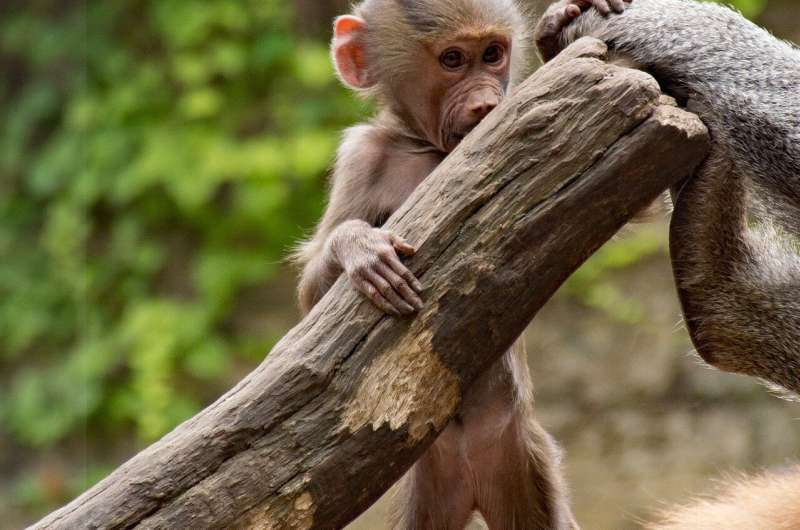Change in gene code may explain how human ancestors lost tails
Originally published by NYU Langone Health, on February 28, 2024
Credit: Pixabay/CC0 Public Domain
A genetic change in our ancient ancestors may partly explain why humans don't have tails like monkeys, finds a new study led by researchers at NYU Grossman School of Medicine.
Published online February 28 as the cover story of the journal Nature, the work compared the DNA of tail-less apes and humans to that of tailed monkeys, and found an insertion of DNA shared by apes and humans, but missing in monkeys.
When the research team engineered a series of mice to examine whether the insertion, in a gene called TBXT, affected their tails, they found a variety of tail effects, including some mice born without tails.
"Our study begins to explain how evolution removed our tails, a question that has intrigued me since I was young," says corresponding study author Bo Xia, Ph.D., a student at the time of the study in the labs of study senior co-authors Jef D. Boeke, Ph.D., and Itai Yanai, Ph.D. at NYU Grossman School of Medicine. Xia is now a junior fellow of the Harvard Society of Fellows, and a principal investigator at the Broad Institute of MIT and Harvard.
More than 100 genes had been linked by past work to the development of tails in various vertebrate species, and the study authors hypothesized that tail loss occurred through changes in the DNA code (mutations) of one or more of them.
Remarkably, say the study authors, the new study found that the differences in tails came not from TBXT mutations, but instead from the insertion of a DNA snippet called AluY into the gene's regulatory code in the ancestors of apes and humans.


Comments
Post a Comment